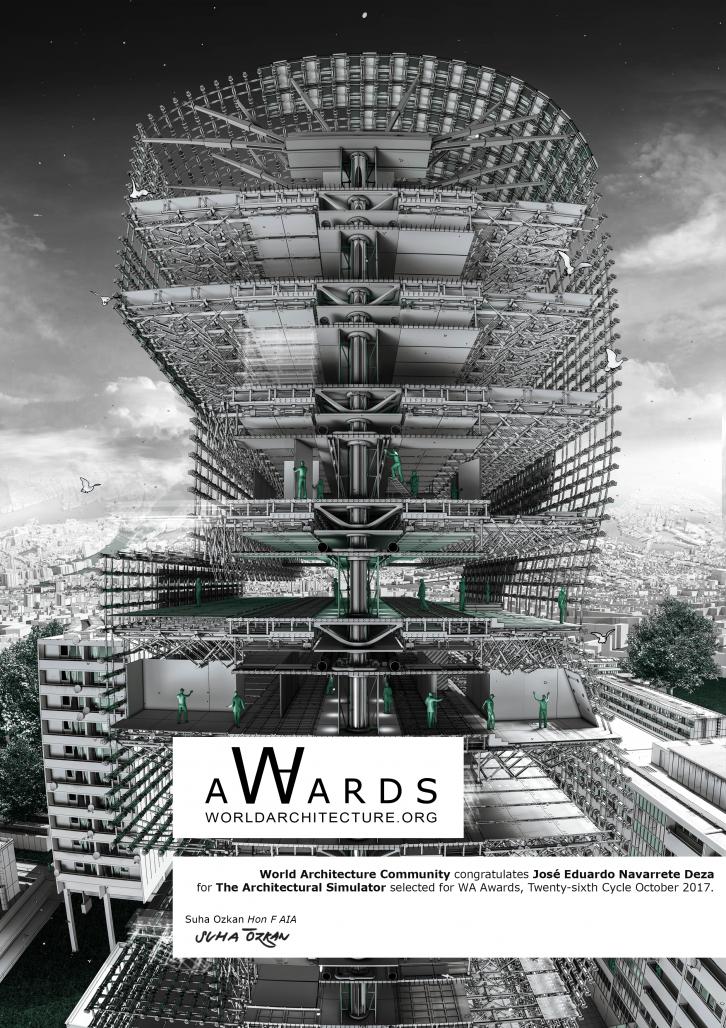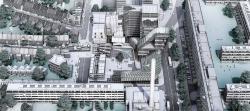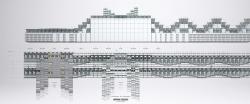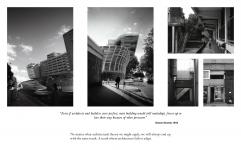My project is about simulation and its role in architecture. It explores how simulation systems can be used to test architectural theories and their effect on the urban environment.
2017
2017
INTRODUCTION
In the London Borough of Southwark, Aylesbury Estate, one of the largest housing estates in Europe, is currently undergoing regeneration plans to be completed in 2032. This estate, completed in 1977, was conceived with modernist utopian ideals, following the “streets in the sky” principle: elevating pedestrian activity from road traffic areas. The elevated walkways coupled with brutal high-rise towers and the lack of activity in the ground floor led to the creation of dark and dull alleyways that served as hiding places across the estate, “a gift to criminals and drug dealers” (Cameron, 2016) .
Repercussions of such architectural statements resulted in very serious concerns on public safety and negative public perception of the area. In desperation to create a more effective approach to future scenarios, the Southwark Council incorporated a new addition to the current regeneration plan: The Architectural Simulator.
THE AS
The Architectural Simulator (AS) is a habitable machine whose primary function is to materialise architectural theories in order to be simulated and analysed through its physical and psychological effects. The project will override the current RIBA plan of work and extend their strategy by incorporating simulation models. The Simulator is an open platform for any architectural theory to be tested and contested. A place where theories encounter their physical manifestation.
EPILOGUE
As a consequence of this new developed system, architecture is emancipated from its mere style conception and introduced as a machine that transcends the totalizing attitude of its creation. The architectural simulator argues for the significance of architecture itself, offering an open platform of conversation between a multiplicity of thought and ideologies. The result will be a never-ending shape forming dialogue between architecture and its site, between architecture and its place in the city.
This project explores and asks how valid is it to stick to one mentality, one theory to solve an ever-changing urban environment? As architects, we know the functional basis of architecture, but do we conform with the simplicity of space, as in the temporary settlement, or do we push for a different ideology of what space could be? If so, we need a better way of learning from our proposals. Architecture needs to be re-evaluate and re-established as an infrastructural technology, one that can be tested as any other type of technology. This perpetual testing becomes a manifesto on its own. In the numerous future scenarios, the architectural simulator becomes the ultimate adaptive architecture.
Student:
José Eduardo Navarrete Deza
Tutors:
Didier Faustino and Kostas Grigoriadis
The Architectural Simulator by Jose Eduardo Navarrete Deza in United Kingdom won the WA Award Cycle 26. Please find below the WA Award poster for this project.

Downloaded 437 times.












